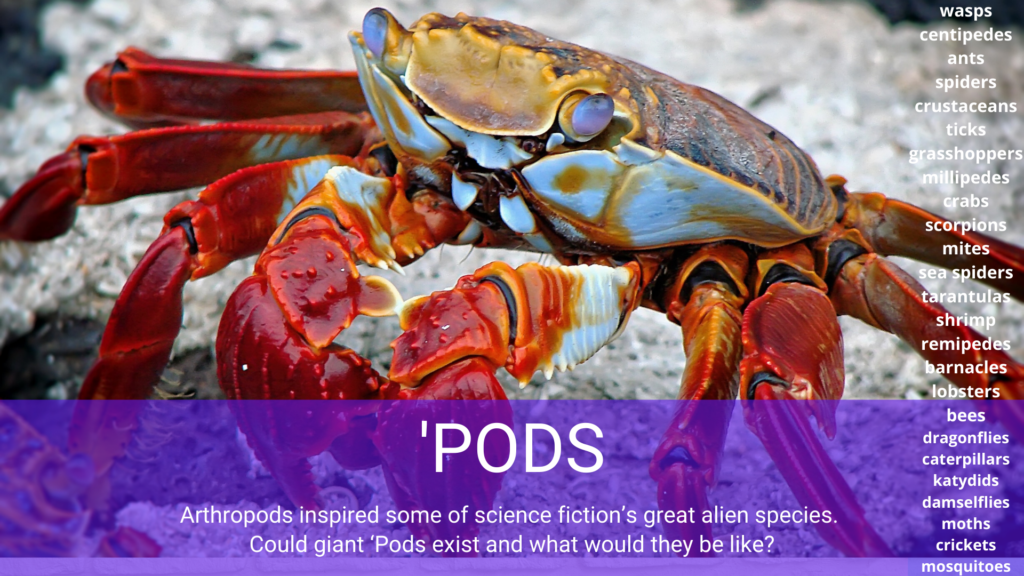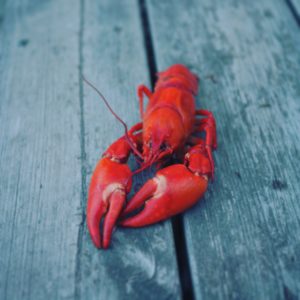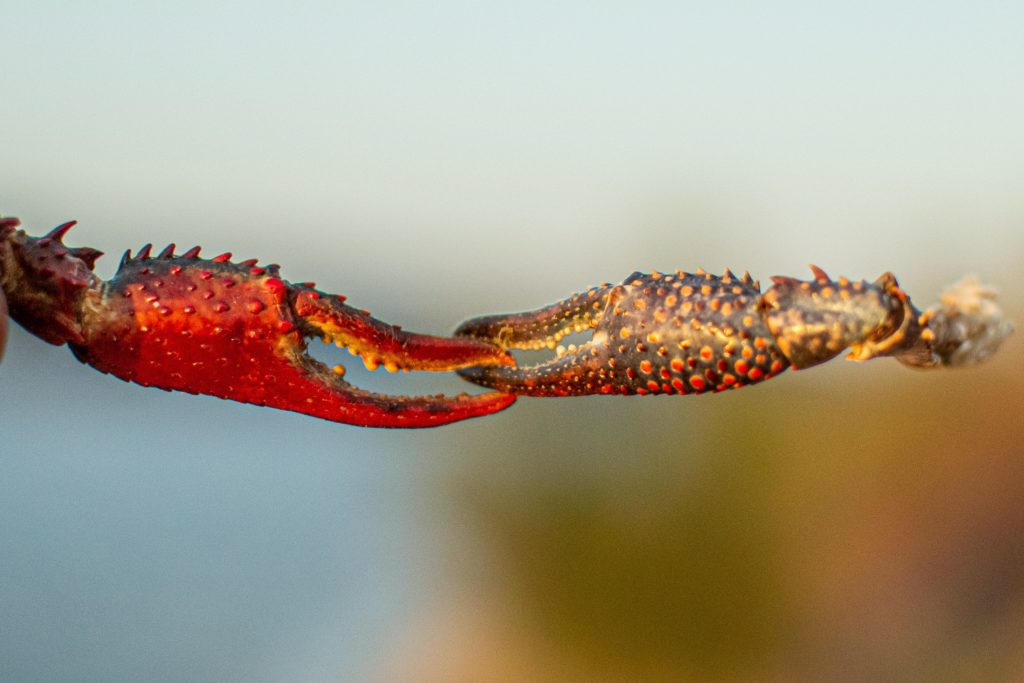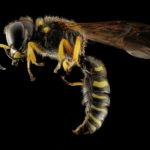
Some of Sci Fi’s most interesting aliens look like or share traits with Earth’s arthropods. Arthropods include insects (like, ants), centipedes and millipedes, arachnids (like, spiders) and crustaceans (like, crabs and lobsters). Think of the giant sandworms of Arrakis in Dune, the spider-like buggers of Ender’s Game, and the Bugs of Starship Troopers, which are very cool alien space bugs. All of these aliens are human-size or larger.
But on Earth, physics and genetic history have kept arthropods much smaller than humans. The largest arthropods alive are certain crabs and lobsters, and even the largest of these, the American Lobster, does not grow to 50 pounds. Yes, that’s big for a lobster, but not exactly the match of a human in a gladiator ring or in a space battle. It’s certainly not large enough to develop the large, complex brain needed for sentience.

/@anton_ahlberg).
On Earth, arthropods developed exoskeletons (skeletons on their outsides), which provide great protection from enemies and allow the evolution of an amazing range of weapons and tools. Consider the giant claws of a crab or the sting of a scorpion. But exoskeletons restrict how large arthropods can afford to grow. Molting — the process of replacing an exoskeleton as the animal grows — takes longer the larger the animal grows. Some crabs take an entire month to climb out of their old skeleton and allow the new one to harden up. Exoskeletal legs are also basically tubes filled with muscle and tissue. If an arthropod grew to human size, the exoskeleton would not be strong enough to hold up the ‘pod’s weight. And the arthropod’s muscles would not be strong enough to move the exoskeleton around.
Arthropods also evolved in a way that their cells get oxygen through gills, their skin, or tubes in their bodies, called tracheae, that open directly to the outside air. Humans and other vertebrates have lungs and feed oxygen to the cells through the blood. As ‘pods grow larger, it becomes harder and harder to get enough oxygen through their skin or tracheae to every cell. A ‘pod as large as a human might easily suffocate.
As ‘pods grow larger, it becomes harder and harder to get enough oxygen to every cell.
But a ‘pod-like animal that evolved on another planet might not have those limits. For example, we can imagine an alien “Pod” that evolved from simpler ancestors with both an internal and external skeleton. Such creatures might have an internal skeleton in their arms and legs to support the weight of a large body. But with a partial exoskeleton, the Pod might have a natural helmet for its head, giant claws, or possibly a scorpionlike tail. With lungs instead of tracheae, the Pods could breathe like we do. Finally, on an alien world with different elements in the rocks and soil, the Pods might evolve with exoskeletons made from lighter, stronger materials that would allow them to grow mighty armor and still move quickly.

Photo by Joshua Théophile (https://unsplash.com@nunchakouy).
Check out this great University of California at Berkeley website that explains the reasons that limit the size of arthropods on Earth.

Photo by USGS (https://unsplash.com
/@usgs).
Design a Pod
Let’s design our own alien Pod.
What two features that exist on Earth’s arthropods would you add to your Pod? Would they make it a fearsome foe? Would it have any weaknesses?
Please post your comments below.
Be stellar!
Matthew Cross


